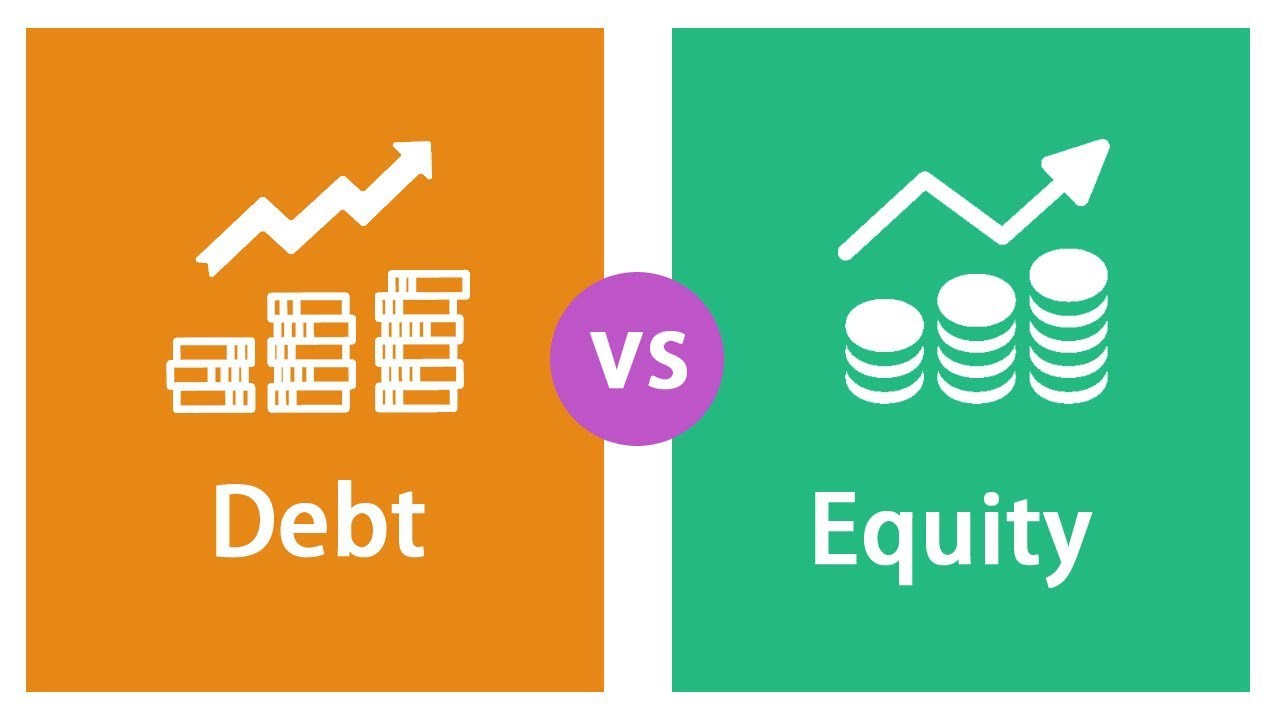

Finance
Required Yield Definition
Published: January 19, 2024
Discover the meaning of required yield in finance and how it impacts investment decisions. Stay informed on the key concepts of finance and make informed decisions.
(Many of the links in this article redirect to a specific reviewed product. Your purchase of these products through affiliate links helps to generate commission for LiveWell, at no extra cost. Learn more)
The Required Yield Definition: Understanding the Basics of Finance
Welcome to our finance category! In this blog post, we will dive into the concept of required yield and its significance in the world of finance. So, if you’ve ever wondered what required yield means or how it affects investments, you’re in the right place. Let’s get started!
Key Takeaways:
- Required yield refers to the minimum rate of return an investor expects to earn on an investment.
- It plays a crucial role in determining whether an investment opportunity is worthwhile or not.
Understanding Required Yield
When it comes to investing, individuals or institutions, such as companies or governments, often have specific financial goals in mind. These goals usually revolve around earning a certain rate of return on their investments, and that’s where required yield comes in.
Required yield can be defined as the minimum rate of return an investor expects to earn on a particular investment in order to justify taking on the associated risks. It is essentially the threshold that an investment opportunity must meet to be considered worthwhile.
In other words, required yield represents the “dealbreaker” for an investor. If an investment cannot generate a return equal to or greater than the required yield, it may not be worth pursuing. This concept allows investors to assess the potential risks and rewards of different investment opportunities and make informed decisions.
Factors Influencing Required Yield
Several factors can influence the required yield of an investment:
- Risk Appetite: Investors with a greater tolerance for risk may demand higher yields or returns to compensate for the increased likelihood of losses.
- Time Horizon: The length of time an investor is willing to hold an investment can affect the required yield. Longer-term investments may require higher yields due to potential fluctuations in the market.
- Economic Conditions: The overall state of the economy, including factors like inflation, interest rates, and market stability, can impact the required yield.
- Investment Type: Different types of investments, such as stocks, bonds, or real estate, come with varying levels of risk and potential returns. This influences the required yield for each investment type.
Calculating Required Yield
Calculating the required yield for an investment involves considering the investor’s financial goals, risk tolerance, and market conditions. While the exact formula can vary depending on the investment type, it often involves considering the following components:
- The initial investment amount
- The expected future cash flows from the investment
- The time period over which the investment will be held
- The investor’s required rate of return
By plugging in these variables, investors can determine the required yield for a specific investment opportunity.
In Conclusion
Required yield is an essential concept in the world of finance that helps investors evaluate the potential risks and rewards of an investment. It represents the minimum rate of return an investor expects to earn and plays a crucial role in determining whether an investment opportunity is worthwhile or not.
Understanding required yield is crucial for both seasoned investors and newcomers to the world of finance. By considering factors such as risk appetite, time horizon, economic conditions, and investment type, investors can calculate the required yield for a specific investment and make informed decisions.
So whether you’re a risk-taker or a conservative investor, keeping the concept of required yield in mind will help you navigate the complex world of finance and make sound investment choices.














